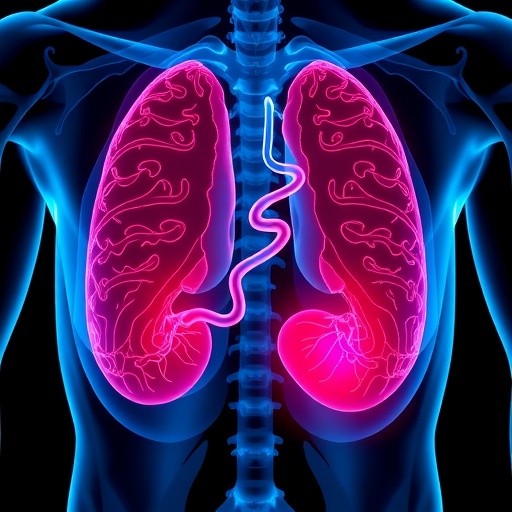Bottom Line: Higher body mass index (BMI), especially in early adulthood, may be associated with reduced risk for premenopausal breast cancer.
Why The Research Is Interesting: Breast cancer is the most commonly diagnosed cancer among women. Breast cancer's origin is complex and it includes a wide range of factors, among them how much body fat a woman has, a measure often assessed by BMI (a calculation of weight in kilograms divided by height in meters squared). Previous research suggests increasing BMI may be associated with reduced risk for premenopausal breast cancer but increased risk after menopause. This study sought to undertake a more rigorous and systematic analysis of the association between BMI and risk of premenopausal breast cancer using pooled data from 19 studies.
Who and When: 758,592 premenopausal women from 19 studies (recruited from 1963 to 2013); there were 13,082 new cases of breast cancer over roughly nine years of follow-up per participant
What (Study Measures and Outcomes): BMI at ages 18 to 24, 25 to 34, 35 to 44 and 45 to 54 (exposures); invasive or noninvasive (in situ) premenopausal breast cancer
Study Design: This was an observational study. Researchers were not intervening for purposes of the study and cannot totally control for all the natural differences that could explain the study results.
Authors: Premenopausal Breast Cancer Collaborative Group (Minouk J. Schoemaker, Ph.D., of the Institute of Cancer Research, London, United Kingdom, is the corresponding author)
Results: The analysis suggests an "inverse association" of breast cancer risk with BMI for women between the ages of 18 and 54, which means breast cancer risk decreased as BMI increased. The association was strongest for BMI in early adulthood between the ages of 18 and 24.
Limitations: The study used BMI as its measure but women with the same BMI can have different body fat distributions and overall levels of body fat; weight was often self-reported and some women over report or under report their weight
Study Conclusions: Study authors are not advocating weight gain as a way to reduce premenopausal breast cancer risk. Understanding the reasons for the association seen between BMI and premenopausal breast cancer risk could potentially help to identify risk factors that might be modified.
To Learn More: The full study is available on the For The Media website.
(doi:10.1001/jamaoncol.2018.1771)
Editor's Note: The article contains funding/support disclosures. Please see the article for additional information, including other authors, author contributions and affiliations, financial disclosures, funding and support, etc.
###
Want to embed a link to this study in your story?: Links will be live at the embargo time http://jamanetwork.com/journals/jamaoncology/fullarticle/10.1001/jamaoncol.2018.1771
Media Contact
Jamie Lederhose
[email protected]
@JAMAOnc




